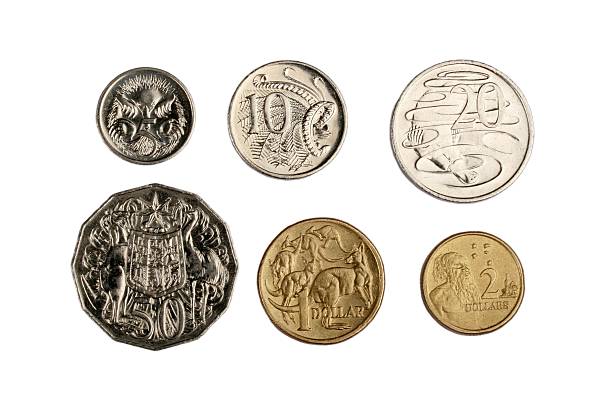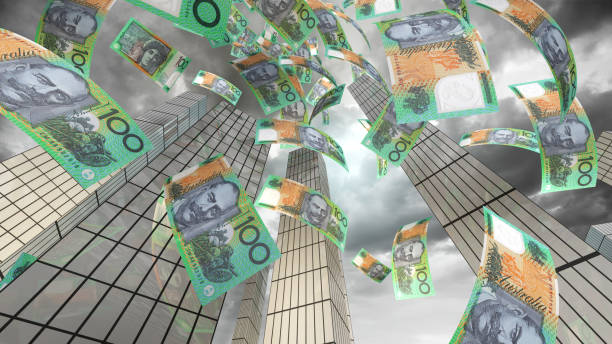The Australian dollar has been mixed against its peers as Australian rate hike expectations scaled back after employment unexpectedly fell in April. The key focus is now on retail sales data for April due Friday – forecast to have slowed to 0.1% on-month from 0.4% previously. Broadly Australian macro data have come in above expectations since early April, according to the Economic Surprise Index. Hence, upbeat retail sales data could help reverse some of the recent dialing back in rate hike expectations, supporting AUD. The Reserve Bank of Australia unexpectedly raised the benchmark rate by 25 basis points at its meeting earlier this month and kept the door open for further tightening as inflation, which is running at 7%, is only expected to return to the top of the central bank’s 2%-3% target by mid-2025. AUD/USD has pulled back from the mid-April high of 0.6805, pushing the pair back within the well-established range of 0.6550-0.6800, pushing back (but not negated yet) the bullish possibility highlighted in the previous update (see “Australian Dollar Ahead of Budget: AUD/USD, AUD/JPY, EUR/AUD Price Setups”, published May 9.

As The Color-Coded Candlestick Charts Based On Trending.
momentum indicators show, the pair remains in a consolidation phase since early 2023 within the broader bullish phase. The colour-coded chart is an attempt to de-bias, especially in instances where the line is fine between a downtrend and a downward correction within an uptrend. Importantly, the 14-week Relative Strength Index is holding above the 35-40 level – in the past downward corrections within an uptrend tend to be restricted around these levels (see the weekly chart). However, any break below the cushion on a horizontal trendline from November at about 0.6585 would pose a threat to the broader bullish phase. On the upside, AUD/USD needs to cross above 0.6805 for the uptrend to resume. EUR/AUD has been struggling to hold above the late-April low of 1.6360, raising the risk of a drop toward 1.5950-1.6000 (including the December high and the 89-day moving average). This follows a retreat last month from a tough barrier at the October 2020 high of 1.6825. For more discussion see “Australian Dollar Ahead of Budget: AUD/USD, AUD/JPY, EUR/AUD Price Setups”, published May 9. Also, market diversity, as measured by fractal dimensions, appears to be low as EUR/AUD hit a multi-month high last month. Fractal dimensions measure the distribution of diversity. When the measure hits the lower bound, typically 1.25-1.30 depending on the market, it indicates extremely low diversity as market participants bet in the same direction, raising the odds of a price reversal. For EUR/AUD, the 65-day fractal dimension fell to around 1.26, very close to the red flag threshold of 1.25. (See chart.) GBP/AUD’s sharp retreat from a near-stiff ceiling on a horizontal trendline from 2021, at about 1.9150, suggests some fatigue in the rally. While this doesn’t mean the multi-month uptrend is reversing, it probably implies a consolidation/minor retreat before another leg higher. Like EUR/AUD, market diversity in GBP/AUD appears to be low – hit the lower threshold of 1.25 recently, flashing a red flag. See “Australian Dollar Price Setup: EUR/AUD, GBP/AUD, AUD/JPY”, published May 3. Any break below immediate support at the May 11 low of 1.8575 could pave the way toward the early-April low of 1.8250.

